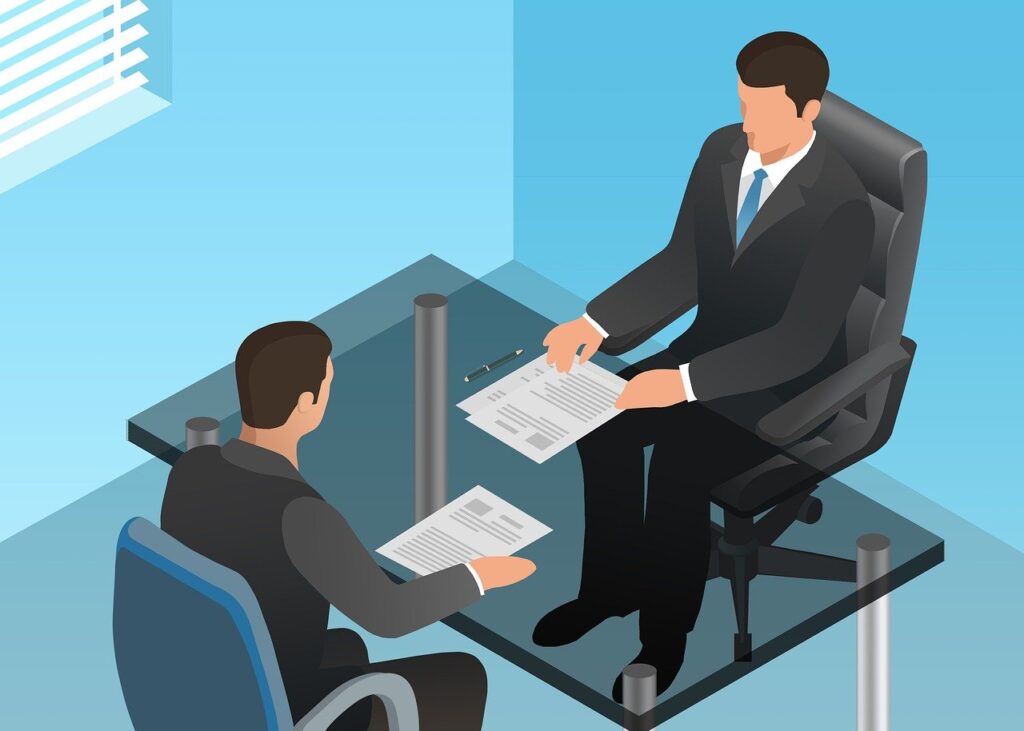Employee grievances are a challenge that nearly all employers must learn to navigate to maintain a healthy and harmonious workplace environment. Organisations that fail to handle employee grievances promptly and effectively risk eroding employee trust, lowering workplace productivity and facing legal consequences. In fact, a 2023 study estimates an average of 374,760 formal grievances are filed each year, with the average cost in management time for handling a formal grievance estimated at $1200 US dollars. This results in a staggering total cost across the economy of over $400 million.
This guide aims to equip employers, HR professionals, and managers with key insights necessary to respond to employee grievance letters in a manner that promotes a positive and constructive workplace culture. By implementing best practices and fostering a culture of transparency, organisations can not only resolve grievances but also strengthen employee trust and improve workplace outputs. employee grievances should not be viewed negatively, or avoided or discouraged. They are an important source of information to help management identify and resolve issues before they get out of hand. Further, employees who raise grievances are showing that they care about the organisation – otherwise, they would just quit.
Key Steps in Responding to an Employee Grievance Letter
1. Refer to organisational policies
The first and fundamental step in addressing an employee grievance is to adhere to established policies and procedures. Strong, well-defined policies surrounding grievance handling serve as the backbone of a fair and consistent resolution process. These policies should be clearly articulated, readily accessible, and consistently applied to foster a workplace environment where employees understand the expectations and the organisation’s commitment to fair treatment.

These policies should encompass the following key aspects:
- Clearly outline the procedure for employees to formally file a grievance letter. This could include specifying the required format, the designated channels for submission, and any associated deadlines. However, please note – this should be done for clarity, and should not specify an onerous process designed to discourage reporting.
- Define a systematic and impartial investigation process that ensures a thorough examination of the employee grievance. Detail the steps involved, assign responsibilities, and emphasise the importance of confidentiality during the investigation.
- Establish a structured process for conducting meetings related to the employee grievance. Clearly outline who will be present, the format of the meeting, and the nature of discussions to ensure a focused and productive exchange.
- Recognise and communicate the employee’s right to be accompanied or represented during grievance meetings. This ensures that employees feel supported and have the opportunity to present their case effectively
- Clearly articulate the procedures for an employee to appeal the organisation’s decision if they are dissatisfied with the outcome. This step promotes transparency and allows for a structured mechanism to address concerns regarding the resolution.
- If the employee grievance involves multiple parties, outline the rights of respondents to ensure fairness and due process for all involved parties.
2. Schedule a meeting with the filing party
A meeting provides a valuable opportunity for further clarification about the issue at hand. By engaging in a detailed discussion, the organisation gains insights that equip it with a clearer understanding of the situation. This clarification stage is instrumental in uncovering the nuances of the employee grievance. The insights gained during the meeting become invaluable tools that empower the organisation to address the issue comprehensively and in a manner that aligns with both organisational policies and the employee’s expectations. When scheduling a meeting related to an employee grievance, consider the following:
- Pre-Meeting Communication
Before the scheduled meeting, it is imperative to communicate all relevant details to the employee in writing. This includes specifying the date, time, and location of the meeting. Additionally, identify the individual who will preside over the employee grievance process, whether it be a manager, Human Resources representative, or another designated party. Highlight the employee’s right to be accompanied by a colleague or union representative, ensuring transparency and a fair representation of their interests.
- Conducting the Grievance Meeting:
The meeting itself should be conducted in a private and distraction-free setting to foster an environment conducive to open communication. It is advisable to include key personnel such as the employee’s manager, a member of the Human Resources team, and, if desired, an optional representative. To maintain objectivity and transparency, involve an individual not directly connected to the case to take detailed meeting notes.
- Creating a Collaborative Atmosphere:
During the meeting, prioritise cultivating a relaxed and open atmosphere. Encourage transparent discussion and dialogue, allowing the employee the space to express their concerns without the fear of retaliation. This approach not only builds trust but also sets the stage for a problem-solving attitude. The meeting provides a valuable opportunity for further clarification about the issue, equipping the organisation with more tools to handle it effectively.
3. Reaching a resolution
Following the grievance meeting, it is crucial to dedicate adequate time to making a well-informed decision on the appropriate course of action. This step involves a comprehensive evaluation of all perspectives, considering the information presented during the meeting, and being open to any new information that may emerge. Depending on the complexity and nature of the grievance, it may be necessary to decide whether further unbiased investigation is required before reaching a final resolution.
- Determining the Need for Investigation:
Before making a decision, carefully assess whether additional investigation is warranted. If the grievance meeting provided insufficient clarity or if new information has surfaced, opting for a thorough and unbiased investigation becomes imperative. This step ensures that decisions are based on a comprehensive understanding of the situation, fostering fairness and objectivity.
- Reaching a Clear and Well-Reasoned Resolution:
Once all necessary information has been gathered, carefully evaluate the findings to reach a clear and well-reasoned resolution. This decision should be communicated to the employee in writing within five business days, outlining the chosen course of action. If the grievance is not upheld, provide a thorough explanation for this decision. Remind the employee of their right to appeal the decision, emphasising the commitment to a fair and transparent process.

Employee grievances are an inevitable aspect of the workplace, and how organisations respond to them significantly influences the overall health of the work environment. When attempting grievance resolution, the right tools can make a substantial difference. Consider Polonious as your partner in streamlining and enhancing your grievance-handling processes. Polonious offers a comprehensive and user-friendly case management system designed to optimise investigations, ensure compliance with organisational policies, and enhance communication at every step. Explore the possibilities of integrating Polonious into your investigative framework by requesting a free demo here.
Table of Contents
Let's Get Started
Interested in learning more about how Polonious can help?
Get a free consultation or demo with one of our experts




